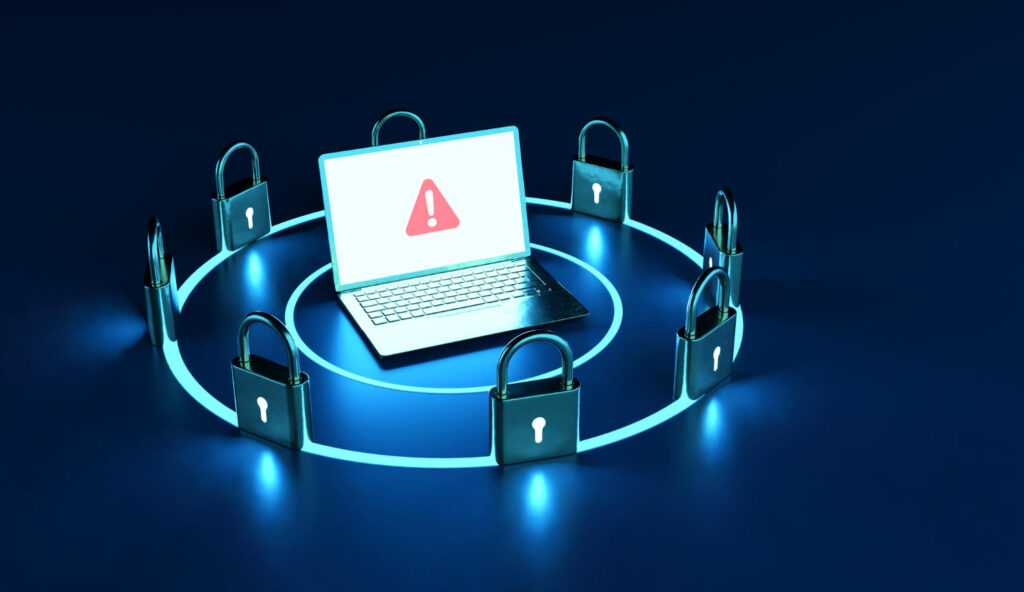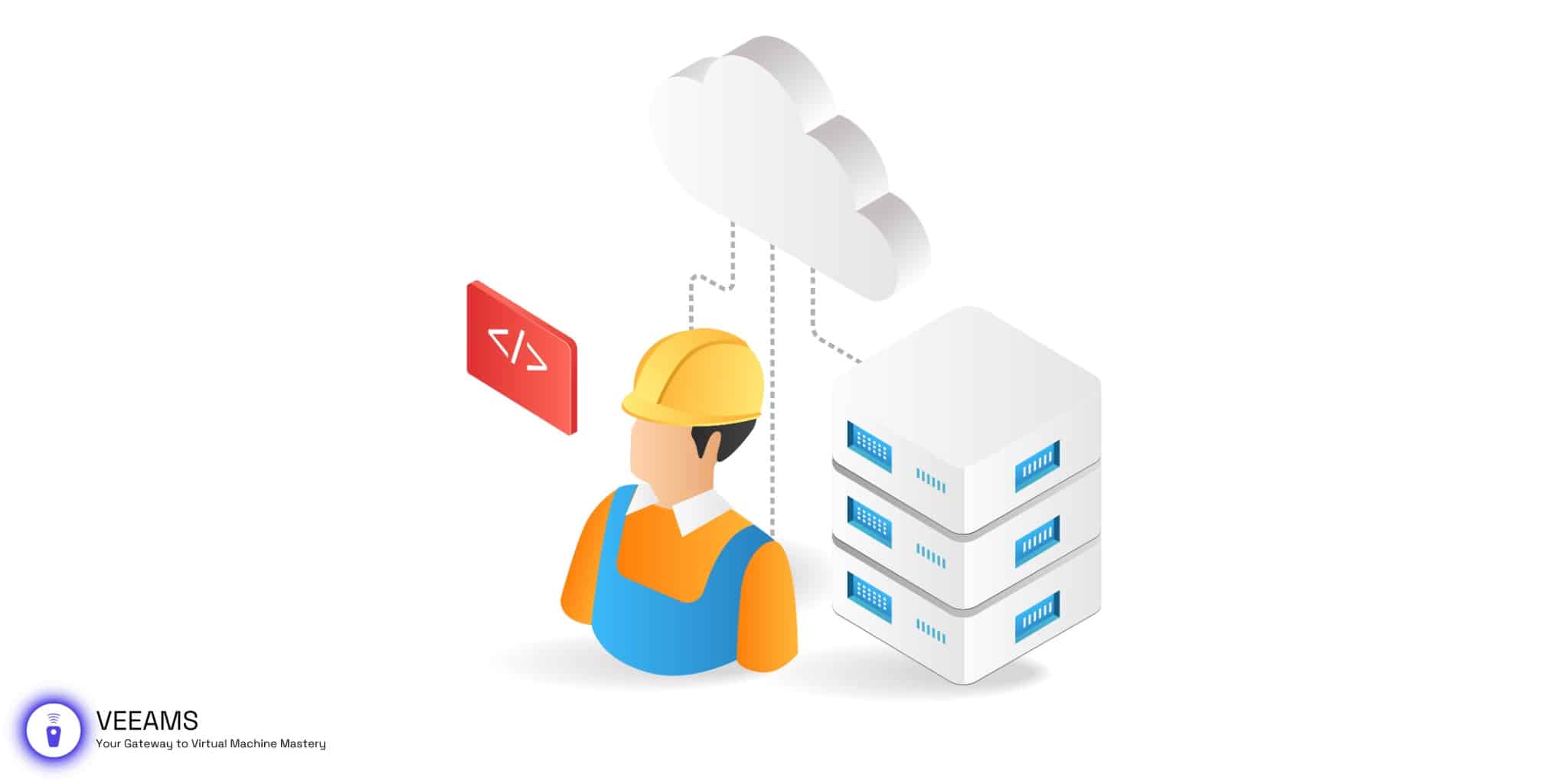Understanding VMware vSphere Common Issues
Hey there, fellow troubleshooter! If you’re navigating the complex world of VMware vSphere, chances are you’ve bumped into a few roadblocks. Whether it’s pesky networking hiccups, sluggish storage performance, or just trying to get your head around the latest security practices, we’ve all been there. Let’s unravel these common issues together, breaking down the technical jargon into bite-sized, actionable advice.
Diagnostic Tools for VMware vSphere Troubleshooting
When VMware vSphere starts acting up, knowing your way around the diagnostic tools can make a world of difference. Here’s a closer look at the tools that should be in every vSphere admin’s arsenal:
- esxtop: This command-line tool is your gateway to real-time data. Think of it as the Task Manager for your ESXi hosts, offering insights into CPU, memory, network, and disk usage.
- Tip: Use the
coption for CPU data,mfor memory, andnfor network.
- Tip: Use the
- vCenter Server Appliance Management Interface (VAMI): Accessible via a web browser, VAMI provides a user-friendly overview of your vCenter Server’s health.
- Key Takeaway: Regularly check the VAMI dashboard for system configuration, disk space, and service status updates.
- vRealize Operations Manager: For a deeper dive into your environment’s performance, this tool offers comprehensive analytics and forecasting.
- Best Practice: Set up custom dashboards tailored to the specific metrics that matter most to your environment.
By integrating these tools into your regular monitoring routine, you can proactively identify and address issues before they escalate.
Advanced Networking Troubleshooting
Beyond the basics, networking in VMware vSphere can involve complex configurations that require a deeper understanding of how virtual networks operate. Here are some advanced tips:
- Troubleshooting Distributed Switches: If you’re using VMware vSphere Distributed Switches (VDS), ensure that all hosts connected to the VDS have consistent network configurations. Discrepancies can cause connectivity issues.
- Advanced Diagnostic Command: The
esxcli network vswitch dvs vmware listcommand will help you verify the health and configuration of your VDS.
- Advanced Diagnostic Command: The
- Optimizing Network Performance: Consider using Network I/O Control (NIOC) to prioritize traffic types, ensuring critical services like vMotion or NFS have the necessary bandwidth.
- Implementation Insight: Carefully plan your traffic shaping policies to prevent unintended congestion or bottlenecks.
Resolving Networking Problems in VMware vSphere
Networking issues can range from simple misconfigurations to complex problems affecting data flow. Here’s how to tackle them:
- VLAN Configuration: Ensure your VLAN settings match across your ESXi hosts and physical switches. Inconsistencies here are a common source of networking woes.
- Checklist Item: Verify VLAN IDs on your virtual switch configurations.
- Physical Network Adapter Issues: Check the link status of your network adapters to confirm they’re operational and correctly connected.
- Diagnostic Step: Use the ESXi console command
esxcli network nic listto view the status of network interfaces.
- Diagnostic Step: Use the ESXi console command
- Network Redundancy: Implementing redundancy through NIC teaming can prevent a single point of failure from taking down your network.
- Implementation Tip: Use the vSphere client to configure active/standby NICs, ensuring continuous network availability.
Addressing networking problems promptly can prevent cascading issues throughout your VMware vSphere environment.
Deep Dive into Storage Optimization
Storage issues can be intricate, with symptoms often manifesting as poor VM performance or unresponsive applications. To tackle these challenges:
- Advanced VMFS Troubleshooting: For VMFS-related issues, regularly inspect the logs for errors or warnings related to datastore access. These logs can provide clues to underlying problems.
- Log Analysis Tip: Use the
grepcommand to filter for specific error messages in your ESXi host logs, helping you quickly identify issues.
- Log Analysis Tip: Use the
- Aligning and Sizing VM Disks: Misalignment of VM disks can lead to inefficient IO operations. Ensure your VM disks are aligned according to the storage array’s optimal block size.
- Best Practice: Use tools provided by your storage vendor to check and align VM disk partitions as needed.

Fixing Storage Performance and Connectivity Issues
Storage is the backbone of your virtual environment, and any issues here can lead to significant performance degradation. Here’s how to get ahead of storage problems:
- Identifying Bottlenecks: Use storage performance metrics available in the vSphere Client to pinpoint where slowdowns are occurring.
- Monitoring Tool: The
esxtopcommand can be used with thedoption to monitor disk device performance.
- Monitoring Tool: The
- VMFS and NFS Issues: Regularly inspect your VMFS datastores and NFS mounts for signs of connectivity loss or latency.
- Troubleshooting Step: Check the
vmkpingcommand to ensure your ESXi hosts can communicate with NFS servers.
- Troubleshooting Step: Check the
- Optimizing Storage Arrays: Ensure your storage arrays are properly aligned and configured for the best performance.
- Optimization Strategy: Use vendor-specific tools and guidelines to configure storage array settings, aligning them with your vSphere environment’s needs.
Keeping a keen eye on these aspects of your VMware vSphere environment will help maintain optimal performance and connectivity.
Optimizing VMware vSphere Performance
Maximizing the performance of your VMware vSphere environment is not just about increasing resources; it’s about smart management and optimization. Here’s how you can ensure your vSphere operates at its best:
- Resource Allocation: Properly allocate resources based on the needs of your VMs. Overprovisioning can lead to resource contention, while underprovisioning may cause poor performance.
- Balancing Act: Use VMware’s DRS (Distributed Resource Scheduler) to automatically balance workloads across your hosts.
- Monitor and Adjust: Keep a close eye on performance metrics. Tools like vRealize Operations Manager can help identify bottlenecks and inefficiencies.
- Key Metrics: Focus on CPU Ready Time, Memory Ballooning, and Disk Latency. High values can indicate performance issues.
- VMware Tools: Ensure the latest version of VMware Tools is installed on your VMs. It’s essential for driver compatibility and can significantly improve performance.
- Routine Checks: Automate the process of checking and updating VMware Tools to keep everything running smoothly.
Performance optimization is an ongoing process. Regularly reviewing and adjusting your setup can lead to significant improvements in efficiency and user satisfaction.
Proactive Performance Monitoring and Management
Maintaining peak performance in a VMware vSphere environment isn’t just about reacting to problems; it’s about preventing them. Here’s how:
- Setting Up Alerts and Alarms: Configure vCenter Server to alert you to potential issues before they impact your environment significantly. Monitoring key metrics like CPU ready time, memory ballooning, and storage latency can give you a heads-up on emerging issues.
- Configuration Strategy: Use the vSphere Web Client to create custom alarms based on thresholds relevant to your specific environment.
- Regular Health Checks: Schedule periodic health checks for your vSphere environment. This includes checking for outdated hardware drivers, firmware versions, and ensuring that your vSphere version is supported and up to date.
- Health Check Routine: Utilize VMware Health Analyzer tools or engage with VMware Professional Services for comprehensive environment assessments.
VMware vSphere Security Best Practices
Security in the digital age is non-negotiable, and VMware vSphere is no exception. From ensuring your ESXi hosts are patched and up to date, to tightening up your network security with firewalls and segmentation, we’ll cover the essentials. Also, let’s not forget about the importance of role-based access controls (RBAC) to keep prying eyes out of sensitive areas.
Embracing Automation for Routine Tasks
Automation can significantly reduce the risk of human error while ensuring best practices are consistently applied across your environment.
- Scripting with PowerCLI: VMware’s PowerCLI provides a powerful toolset for automating routine tasks, from VM deployment to configuration changes and reporting.
- Automation Example: Create scripts to automate the creation of VM snapshots before performing updates, ensuring you have a rollback point.

Upgrading VMware vSphere: Avoiding Pitfalls
Upgrading your VMware vSphere environment is a critical step to harness new features and enhance security. To ensure a smooth transition, here’s a concise guide to navigate this process effectively:
- Plan Carefully: Start with a detailed review of your vSphere environment. Use VMware’s Product Interoperability Matrices to check for compatibility and understand the impact on your current setup.
- Backup Everything: A solid backup of your VMs, vCenter Server, and ESXi configurations is non-negotiable. It’s your safety net in case things don’t go as planned.
- Test Before You Implement: If possible, conduct a pilot upgrade on a small, controlled segment of your environment. This step can help identify potential issues in a low-risk setting.
- Document and Train: Make sure your team is ready for the upgrade by documenting the process and offering training on new features or changes.
- Monitor After Upgrade: Keep a close eye on your environment after the upgrade. Immediate and continuous monitoring will help catch any issues early, ensuring they can be addressed promptly.
Upgrading vSphere is an opportunity to improve and secure your environment. By following these streamlined steps, you can avoid common pitfalls and ensure that your upgrade process enhances your infrastructure’s performance and reliability.

Great read on fixing storage performance and connectivity issues in VMware vSphere! I have a question, though: Could you delve a bit deeper into VMFS and NFS configurations for optimizing storage? I’m curious about the best practices for setting these up to avoid common pitfalls. Any additional tips or resources on this topic would be greatly appreciated!